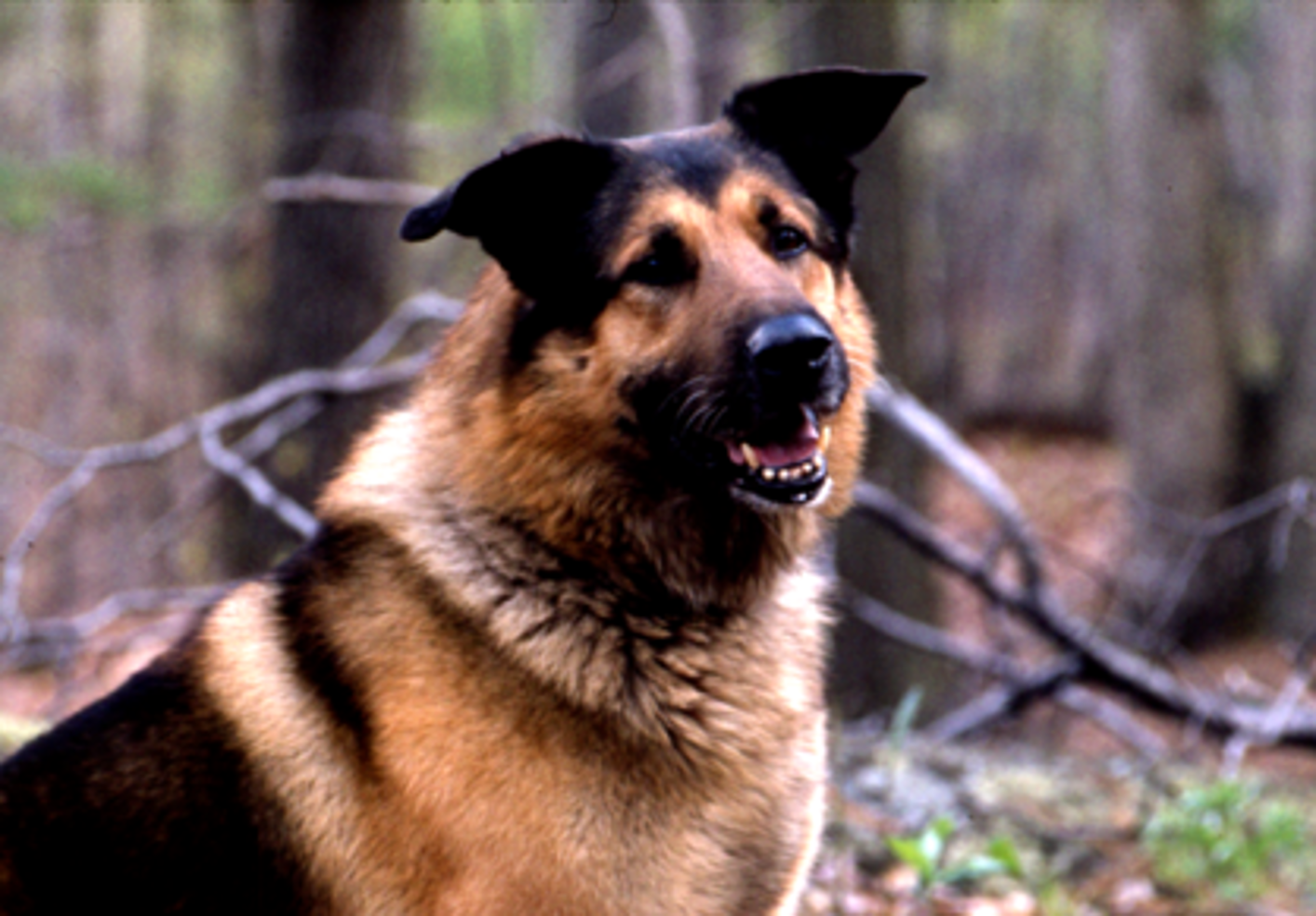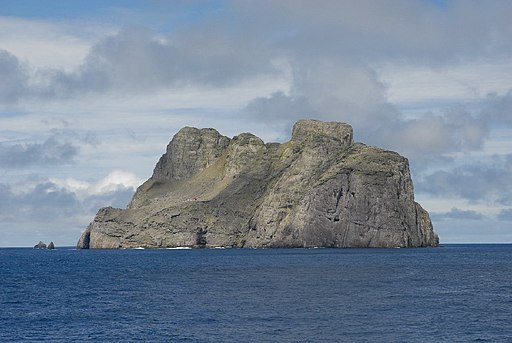32 From being alone to living in a group
I returned to Austin from Africa in late November 1970, and then in early January I moved to Cambridge to restart grad school. Fortunately, I installed a small heater and defroster the day before leaving, as Molly was shipped from the UK to Cape Town without a heater, which was unnecessary in the Kalahari. I drove through a major snowstorm from the Tennessee-Virginia border to Cambridge, except for one mercifully storm-free stretch in New York. I had rarely driven in snow before, and Molly had tires designed for sand. The drive was exhausting. I soon discovered why defrosters were invented, but my jury-rigged defroster was able to clear only a 4” or 5” disk on the iced-over windshield. I am lucky that I survived that trip.
When I arrived in Cambridge, some colleagues kindly put me up for a few nights. Then, I heard about an open room in a house on Prentiss Street, about 1/2 mile from Harvard. “Prentiss Street,” as it was called, was the upper two floors of a 3-story (rental) house. A law student and his wife lived on the first floor, and an itinerant group of grad students occupied the top two floors. My room was in an attic and was a narrow A-frame. It was inexpensive ($45/month) simply because it was tiny and had no insulation or even interior walls, such that the shingle nails protruded inward, requiring careful navigation from door to bed. My attic was cold in winter but still cozy, sort of.
Prentiss Street was launched in 1966 by four grad students from diverse fields [Jeff Hoffman, astrophysics; Jim Frauenthall, applied math; Bob Hoffman, medicine; John Adams, computer science). The first major addition was a street dog, друг or the Droog,” who was adopted by the lads in the autumn of that year. [друг is Russian for friend.] Prentiss Street lasted until 1974, when the owner sold it. The purchaser converted into a nursing home and booted us out. So much for tradition.

Over the years, many grad students, postdocs, friends (and even one 3-year old) stayed for various intervals. The Droog was the only constant.
The housemates resident during my 3-1/2 years at Prentiss St. were remarkable. Jeff Hoffman was an astrophysicist and later became a Space Shuttle astronaut (five missions), NASA’s liaison to the European Science Agency, and Professor of the Practice at MIT. Wendell Hovey was a waste water engineer and a mechanical wizard: Wendell put a Porsche engine into his VW bus (see below). Nelson Max was a mathematical topologist and pioneer of computer graphics. Ross Kiester was a friend from UC Berkeley, a fellow grad student at Harvard, and then a prestigious Junior Fellow. Ross introduced me to the work of Richard Levins and shared his own penetrating insights into behavior ecology, and evolution. Over the years, many other biologists had lived there, including Monty Slatkin, Preston Webster, [Chuck Schnell]https://www.youtube.com/watch?v=HL4-k2gL3hE, Marty Naumann, Robin Andrews, etc. Prentiss Street was an ever-shifting family, but decidedly a family,
Life there was intense and spontaneous. When two good friends of ours from Cambridge were getting married out in the Bay Area in August 1972, Ross, Preston, Shaw Warren, and Ray joined Wendell in his Porsche-powered bus. We drove from Harvard Square to Berkeley (~ 3080 miles) in 52 h 38 min and 45 s. We needed a few more hours for the drive back to Cambridge, in part because we needed to load up cases of Coors beer, which was not available on the east coast but considered then to be the premium beer. If you showed up at a Cambridge party with a six-pack of Coors, you would immediately be swarmed upon by ex-West Coasters, demanding to know where you got that beer. But if you showed up with a local beer, you would likely be ignored. It was Cambridge after all.
We often went hiking together, and several Prentiss Streeters were expert climbers. Jeff and some friends did the first winter traverse of the Presidential peaks in the White Mountains of New Hampshire.
The US Navy and the Smithsonian Institution co-organized an expedition to Malpelo Island, a minute rock plug (0.6 km2) in the Pacific Ocean about 310 miles west of Colombia. Ross and Jeff went along, made the first ascent of the island (980 ft), and unveiled the official Prentiss Street mountaineers flag – white background with a silk-screened silhouette of The Droog. Stan Rand and Hendrik Wolda collected two specimens of a new species of leaf-toed gecko, which I had predicted (see Chapter 13) and later described as a new species. I wanted to name it Phyllodactlyus prentissi but decided otherwise. My mistake.

I could write many sketches about our experiences at Prentiss Street. But in retrospect, what was most important to me was the opportunity to live and interact with exceptional people. We ate dinner together on at least five nights per week, and our dinner conversations were wide-ranging. Jeff announced one evening that some astrophysicist had just discovered binary black holes. When Rolling Stone magazine serialized Hunter Thompson’s Fear and Loathing in Las Vegas: A Savage Journey to the Heart of the American Dream, each of us took turns reading aloud. But after a page or two at most, whoever was reading would lose control, double over with laughter, and hand the paper to the next one around the dinner table.
Some nights we would get stoned, and Nelson would show rushes from his topological animations (on space-filling or Peano curves, turning a sphere inside out). Nelson was rapidly – and justifiably – becoming a pioneer in computer graphics and a visual artist to boot. Half a century later, his topological films (now available online) are still a delight to watch.
Prentiss Street helped mold me and my career. As a MA student in Texas, I’d lived alone. And in the Kalahari, I was alone for the last 2 1/2 months. However, at Prentiss Street, I was suddenly immersed in an interactive group of young, energetic, and brilliant scholars. Moreover, ex-Prentiss Streeters such as Monty Slatkin would sometimes return for a visit. Our discussions around the kitchen table led us to co-author a major theoretical paper on the costs and benefits of thermoregulation.
Exposure to talented people with diverse interests and backgrounds was exciting, broadening, and challenging for me. Were I advising someone about to start grad school today, I’d encourage them to consider living in a groupo that attempted to approximate Prentiss Street and that included a друг.